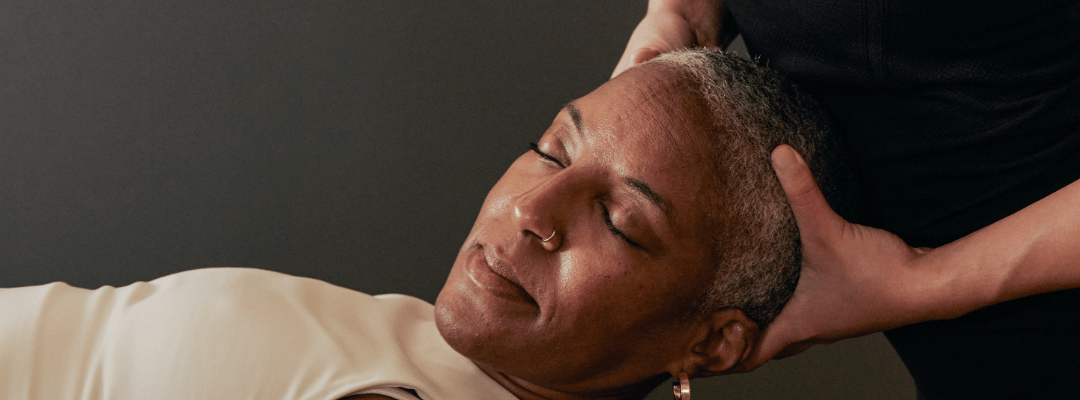Test Your Hip Mobility
How tight are your hips?
Test your hip mobility with these simple exercises.
Stiff hips may be an early indicator of arthritis.
Here’s what you need to know.
It’s estimated that roughly 10% of the population experiences some form of hip pain, increasing as we age. Hip stiffness is often the first sign of impending hip pain.
Understanding the characteristics of tight hips and what you can do to help is the key to preventing pain.
5 Ways To Test Your Hip Mobility
Here are a few movements you can do to test your hip mobility.These movements are best reviewed with a physical therapist, chiropractor, or massage therapist. Doing the tests yourself will give you an indication of your hip’s mobility and stiffness.
Squat Test: sink into a squat, and attempt to shift side-to-side. You may find one hip feeling more tension than the other.
Internal Rotation: lay on your back, bring your knees to a 90 degree angle, and rotate the feet outwards. This is the internal rotation of the hip. Compare range and feel side-to-side.
External Rotation: lay on your back, and bring one knee to a 90 degree angle. Keeping the thigh still, rotate your foot inwards. This is the external rotation of the hip. Compare range and feel side-to-side.
Flexion: lay on your back, with your legs flat. Bring one knee towards your chest. This is flexion of the hip. Compare range and feel side-to-side.
Extension: lay on your stomach, legs flat on the ground. Keep your knees straight, bring one leg off the ground. This is a hip extension. Compare range and feel side-to-side.

3 Common Reasons For Hip Stiffness
The hip is a highly mobile joint that relies on cartilage, bone, muscles, and nerves to work together. Each one of those components may contribute to feeling stiff in the hip.Nerves: the ability to rotate the hip, and move it into adduction and abduction is limited by the mobility of the major nerves of the hip and thigh. Issues with major nerves of the hip build up over time due to movement, postural habits and/or a lack of mobility.
Muscles: your muscles and tendons are the most common sources of hip stiffness. Many office workers and athletes may complain of “hip flexor” stiffness or “glute stiffness”. The stiffness here may coincide with weak muscles, decreased range of motion in certain directions, and pain with use.
What starts off as stiffness and a pinch can become a chronic issue if not appropriately addressed. Hip pain can often feel like a pulling, cramping, or sharp pains at the front, back, and side of the hip. These will often be aggravated by general movements like sit-to-stands, side-to-side movements, running, or even walking.
Joint: cartilage damage (e.g. labrum of the hips) or surface degeneration of the articulating bones, “wear-and-tear” at the hip joint leads to significant reductions in the range of motion..
With joint issues, hip stiffness and pain are often felt deep in the groin. This pain is not palpable, meaning massage (or any other similar intervention) brings no temporary relief. There may be clicking, locking, or a feeling of “catching” at the hip. Athletic movements and stair climbing get more and more difficult.
Those with arthritis feel stiffness in the morning, continuing with aggravation and groin pain throughout the day, making a simple walk very difficult.
What Can I Do About My Hip Stiffness?
Regardless of the causes of your hip stiffness, understanding which movements are restricted or painful and what activities are limited is important to know moving forward. Thankfully, movement and exercise routines deliver amazing outcomes for hip stiffness.Physical therapy can guide your hip mobility, and start creating movement goals. Along with massage therapy and chiropractic treatment, manual therapy techniques such as joint mobilizations and myofascial techniques provide relief for hip stiffness.




